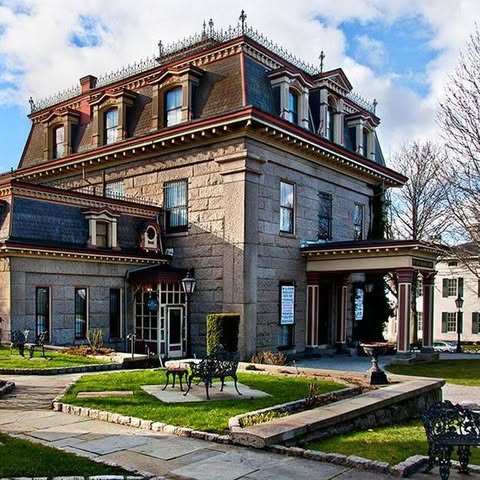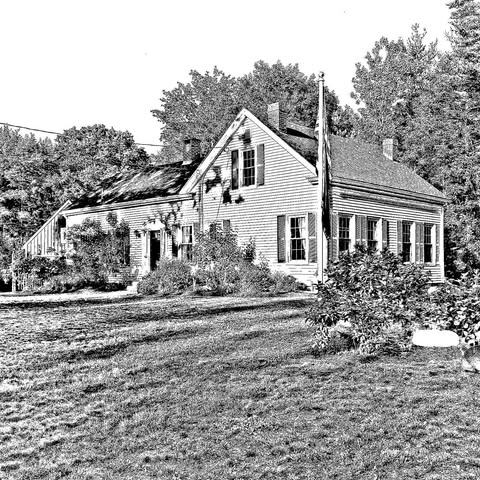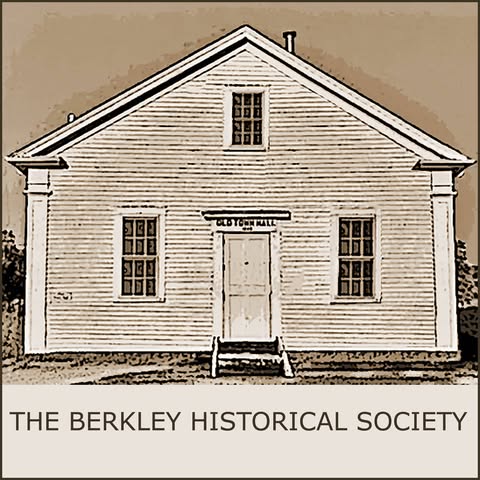
Fall River Historical Society
Founded in 1921, the Fall River Historical Society's mission is to preserve and protect all manner of artifacts relating to the history of Fall River, MA. Fall River Historical Society maintains the world’s largest collection of Lizzie Borden artifacts and THE PURPOSE OF THE SOCIETY IS TO PROCURE, EXHIBIT, PRESERVE AND PERPETUATE DOCUMENTS, RECORDS, DATA AND OTHER EVIDENCES RELATING TO THE HISTORY OF FALL RIVER AND ITS VICINITY AND THE MULTICULTURAL PEOPLE THEREOF, AND TO PROMOTE PUBLIC UNDERSTANDING THROUGH EDUCATION.

Founded
1921
11000
X (Twitter)
176
Address
Fall River
Fall River Historical Society – Museum & Library Due to a major infrastructure project the FRHS Museum is closed and will reopen in 2025. The Museum Shop is open now until December 30. MondayFriday 93 Saturdays 102. The Fall River Historical Society is Where History Matters.
From Social media
News about from their social media (Facebook and X).
Data about organisation
Fall River
Organisations from Fall River Historical Society

3. Southcoast Health Ambassadors Inc
Not-for-profit, community-based health system throughout southeastern Massachusetts and Rhode Island.

4. Bristol Community College Foundation, Inc.
Official Bristol Community College Facebook page.

5. Fall River Historical Society
Fall River Historical Society maintains the world’s largest collection of Lizzie Borden artifacts and.

A 501c3 Non-Profit Surf Therapy Organization providing innovative health and wellness alternatives.

7. Childrens Museum of Greater Fall River Inc
14 Fun filled Themed Exhibits, Musical Outdoor playground.
Similar organisations
Similar organisations to Fall River Historical Society based on mission, location, activites.

Southold Historical Society Inc
Southold Historical Museum preserves & interprets collections that engage, educate, & connect people.

The Falmouth Historical Society
Preserving Falmouth's heritage for those who are creating it.
Similar Organisations Worldwide
Organisations in the world similar to Fall River Historical Society.

THE CAMPBELL RIVER AND DISTRICT MUSEUM AND ARCHIVES SOCIETY (ca)
This is the Official Campbell River Museum Facebook Fan Page.

Falls Creek Historical Society Inc (au)
Preserving and sharing the rich and varied history of Falls Creek village and the Bogong High Plains.

Riverstone And District Historical Society Incorporated (au)
This page focuses on the history of Riverstone and the surrounding area.

PARIS MUSEUM AND HISTORICAL SOCIETY (ca)
The official page for the Museum and Historical Society of Paris, Ontario, Canada.

Richmond River Historical Society Inc (au)
RRHS was formed in 1936 to collect, preserve, display and disseminate relevant historical material.
Interesting nearby
Interesting organisations close by to residence of Fall River Historical Society

Fall River Historical Society maintains the world’s largest collection of Lizzie Borden artifacts and.

Berkley Historical Society Inc
The Berkley Historical Society works to preserve the unique history of Berkley, Massachusetts.
Similar social media (11176)
Organisations with similar social media impact to Fall River Historical Society

53379. Flemington Speedway Historical Society Incorporated
FSHS is a public charity recognized as tax-exempt under Section 501(c)(3) of the IRS code.

53380. Association for the Preservation of the Eno River Valley, Inc.
Dedicated to conserving and protecting the nature, culture, and history of the Eno River basin since.

53381. Fall River Historical Society
Fall River Historical Society maintains the world’s largest collection of Lizzie Borden artifacts and.

53382. Texas Heritage Song Writers
The Texas Heritage Songwriters Association is home to the Texas Songwriters Hall of Fame & Awards Show.

53383. ANDREAS H BECHTLER ARTS FOUNDATION
The Bechtler Museum of Modern Art is dedicated to the celebration and analysis of the strongest aspects of mid- century modernism as reflected in the holdings of the Bechtler collection.
Join us and make a difference for the future!
Sign Up
Please fill in your information. Everything is free, we might contact you with updates (but cancel any time!)
Sign in with GoogleOr
Good News
"Exciting to see Envision Energy taking steps towards a sustainable future by strengthening global collaboration at their first Global Supplier Day! 🌍💚 #Sustainability #GreenTech"
Envision Energy Strengthens Global Collaboration with Its First Global Supplier Day to Build a Secure, Resilient, and Sustainable Supply Chain
StreetInsider.com
Like CommentExciting news from TU Graz! 🌟 Their research team is using 3D technology to preserve endangered Buddhist temples in the remote Dolpo region of Nepal for future generations. #CulturalHeritage #PositiveNews
TU Graz conducts research into endangered cultural heritage in the Western Himalayas
EurekAlert!
Like Comment🌍💚 Exciting news from Envision Energy! They hosted their first Global Supplier Day, focusing on creating a secure, resilient, and sustainable supply chain. It's inspiring to see green tech companies leading the way for a brighter future! #Sustainability #GreenEnergy #GoodNews
Envision Energy Strengthens Global Collaboration with Its First Global Supplier Day to Build a Secure, Resilient, and Sustainable Supply Chain
Benzinga
Like Comment








